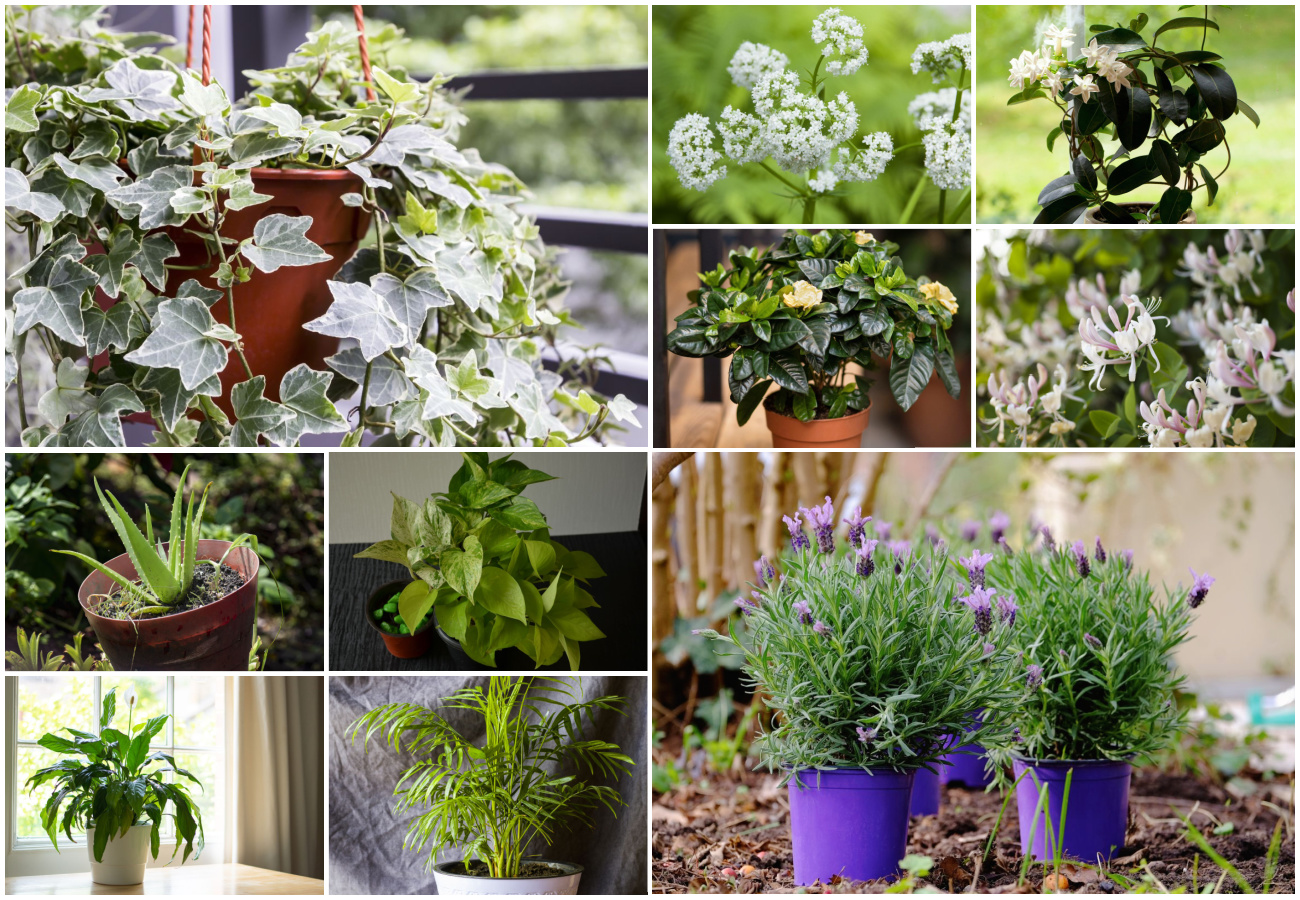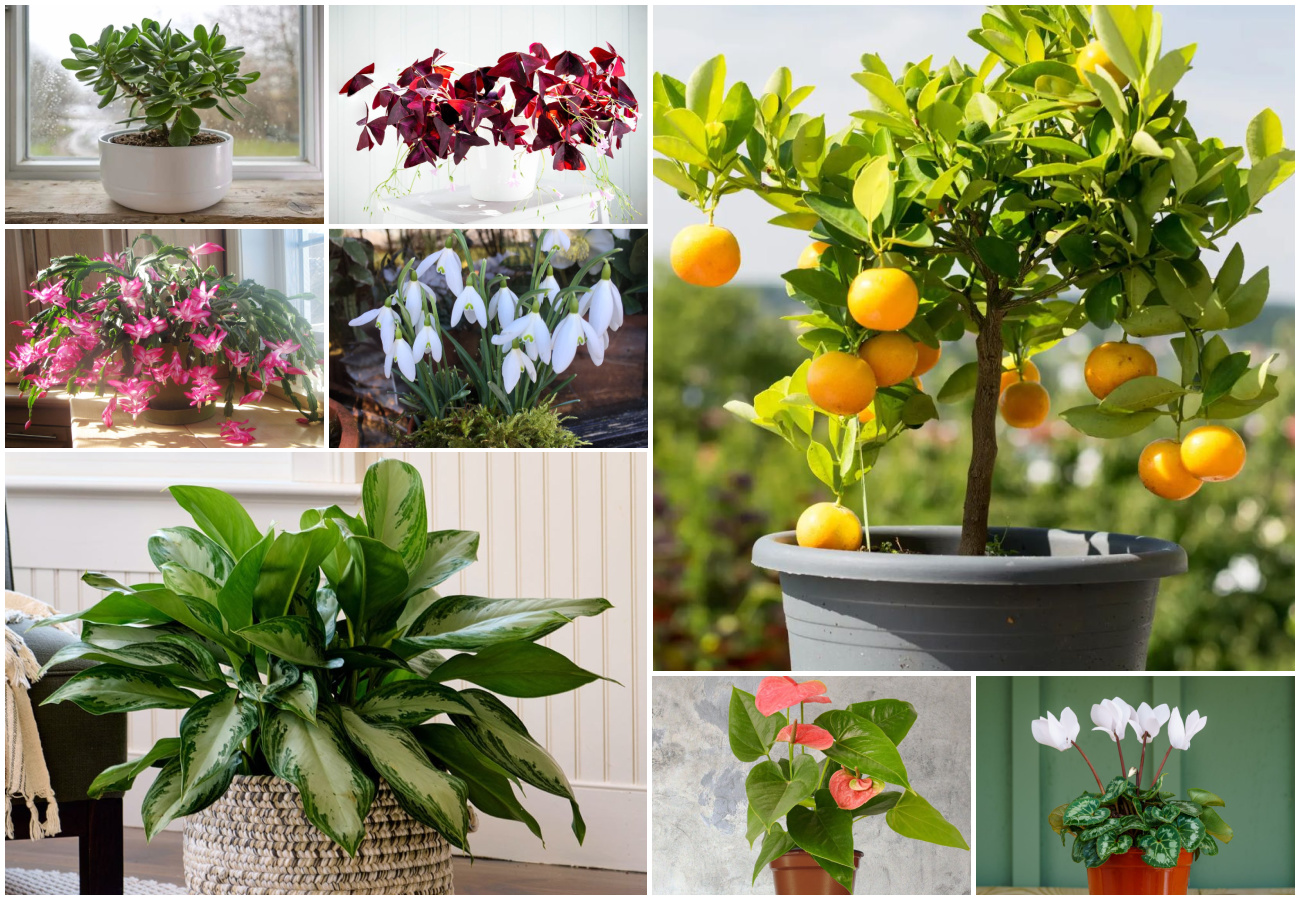The Brake fern is another name for the genus Pteris, which includes a large variety of fern species. The term Brake, also called Cretan Brake fern encompasses ferns from Europe, Asia, Australia, North America, and Africa. Many of these types of ferns make excellent houseplants.
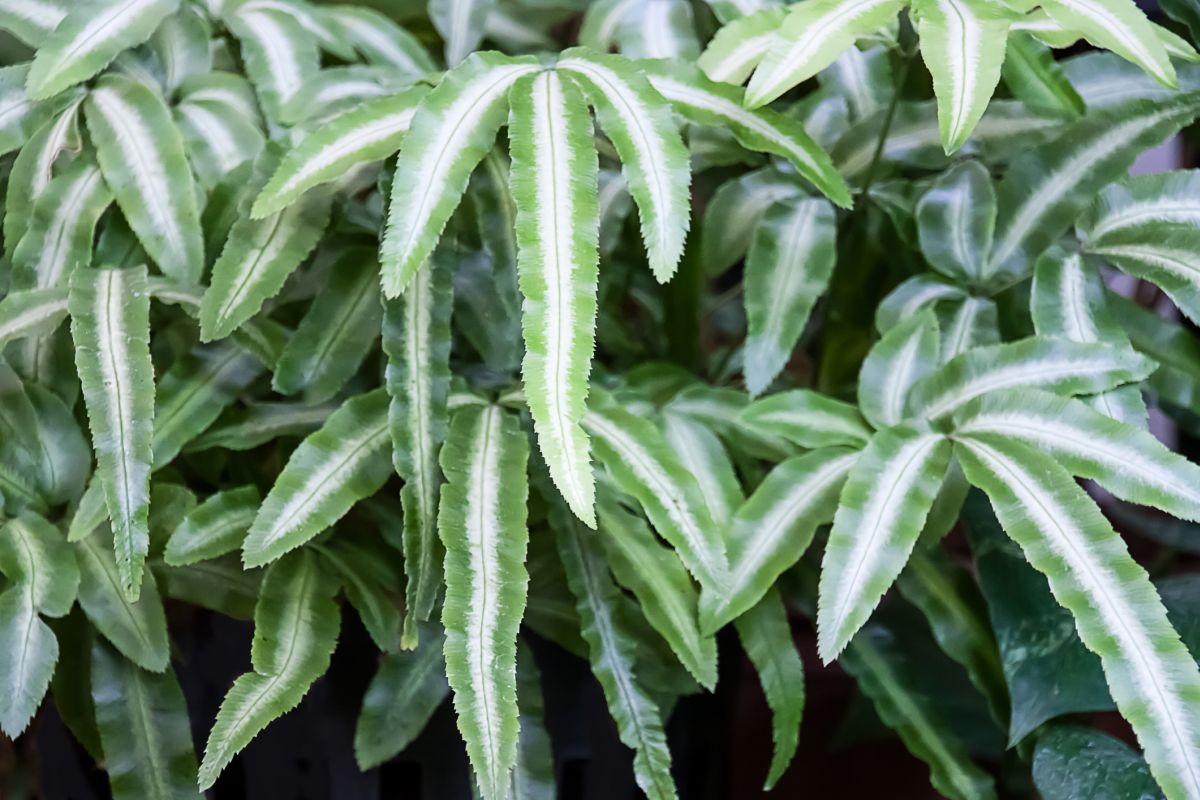
Brake Fern Appearance
Indoor varieties generally grow between 8 and 24 inches (20.3 to 60.8 cm) tall and 1 to 2 feet (30.4 to 61 cm) wide. The fern’s fronds are flat and pinnate. Many of the varieties feature color variegation. The fronds can be brittle, so it’s recommended to place your fern in a place where it won’t come in contact with pets or foot traffic. The brake fern is an easy-to-care for fern with lush foliage but does not produce blooms.
Pteris Fern Light Requirements
Like most ferns, the Brake fern prefers bright, indirect light, especially during the summer growth season. A place in a sunny room, away from the window, is ideal. Avoid direct sunlight as it burns the fronds, turning them brown.
Watering Your Cretan Brake Fern
The Brake fern is more drought resistant than other fern varieties, such as the Holly fern. Still, for best growth results it’s recommended to follow a regular watering schedule. Water your fern when the top 1 inch of soil feels dry. Keep the soil moist, but never waterlogged. Adding a layer of mulch to the top of the soil helps retain soil moisture.
Soil and Fertilizer Requirements
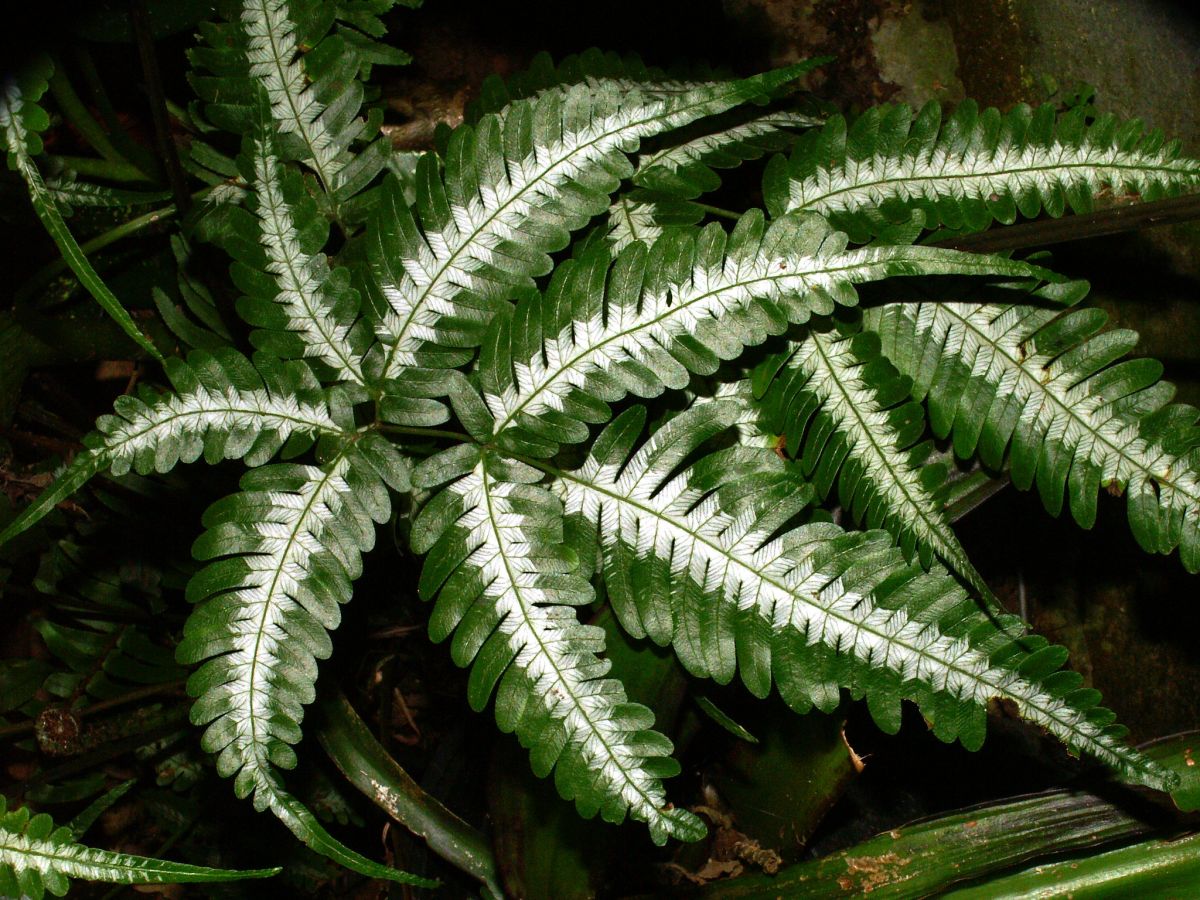
Basic potting soil works well as a growing medium for the Pteris fern, as long as it is well-draining. Add peat moss to the soil mix to increase drainage and add organic matter for growth. Feed the fern, once per month from spring to fall, with a liquid fertilizer diluted to half strength.
Temperature and Humidity Levels
The Cretan Brake ferns prefer warm temperatures and high humidity. Maintain temperatures of between 65 to 75 degrees Fahrenheit (18.3 to 23.8 Celsius). Avoid temperatures below 55 F (12.7 C), as well as hot or cold drafts, as these affect growth and frond health. To increase low humidity, place a tray filled with small pebbles and water under the pot’s drainage holes. Regular misting of the fronds is also recommended.
Propagation of the Brake Fern
Division is the quickest method of propagating your Brake fern. Water your plant deeply the day before division to reduce stress. Remove your fern from its pot and brush off the excess soil from the roots. Separate the fern into two or three plants using a sharp and sterile knife. Each fern section needs its own foliage and root system. Plant each new fern into its own pot, filled with a mixture of equal parts soil and peat moss. Water the plants thoroughly and place them in the appropriate lighting.
Propagation by spores is the second option for Pteris ferns. Collect the spores using a container or piece of paper. Gently shake the fronds to release the spores. Fill potting containers with soil and peat, then sprinkle the spores onto the surface. Mist the soil until moist and cover the top of the pot with plastic. Place the pot in a spot with consistent, warm temperatures. Mist the spores regularly to keep them moist. Transplant the seedlings to their own pot once they reach two to three inches in height.
Common Pests and Diseases
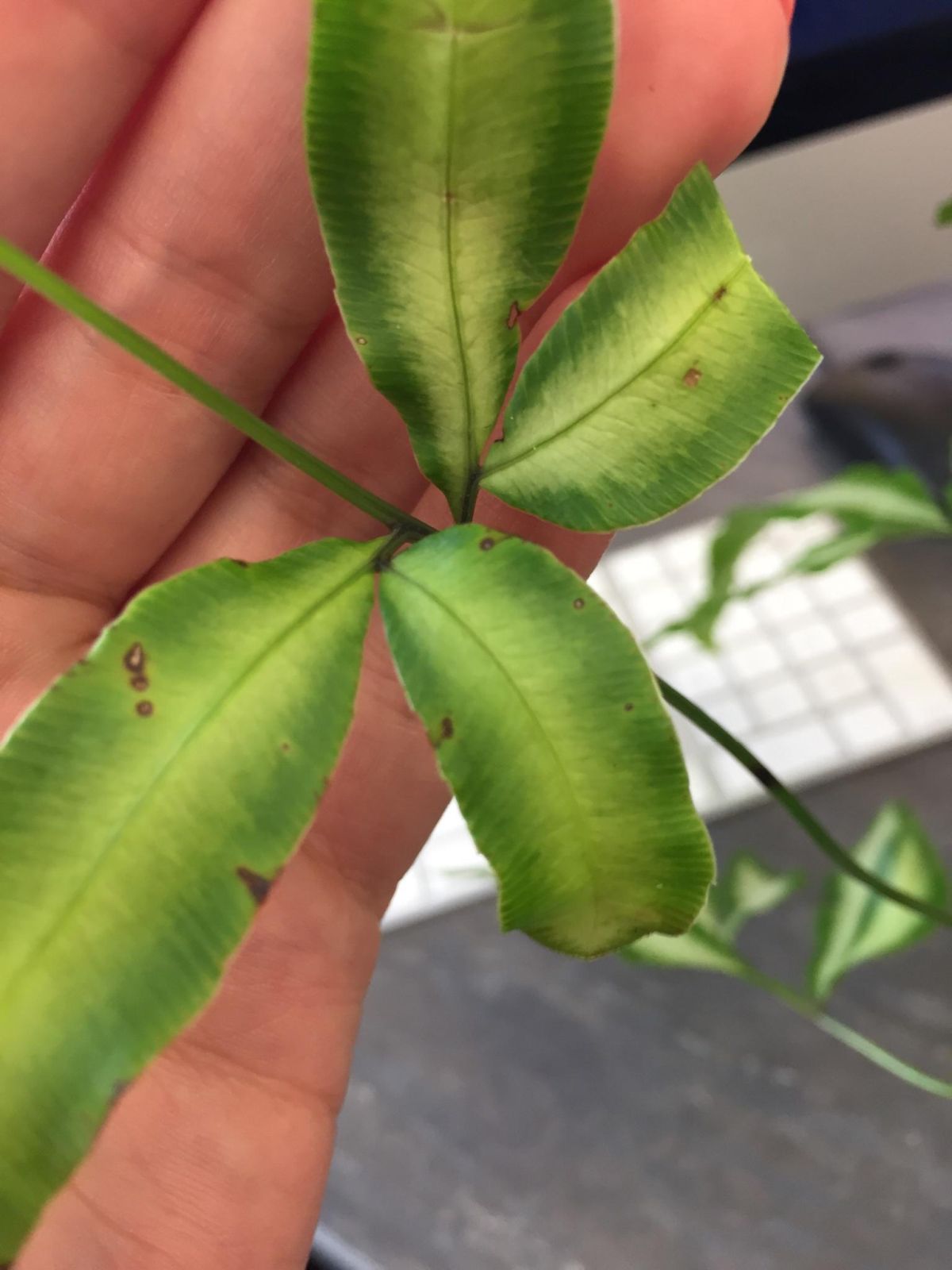
Aphids, mealybugs, and scale are common pests to watch for on your Brake fern. Look for damaged fronds, fine webs, or sticky honeydew as an indication of infestation. The pests often hide on the undersides of the fronds. Remove the insects manually using a cotton swab dipped in rubbing alcohol. For large infestations, remove any affected fronds and treat the fern with a houseplant fungicide. Perform a test patch on one frond first to ensure there are no adverse effects before treating the whole plant.
Root rot is common among ferns that are consistently overwatered. Signs of rot first appear as wilted or yellowing fronds. Reduce water amount immediately and remove any severely damaged fronds. Remove the fern from its pot and inspect the roots. Black, mushy roots indicate rot. If only a small number of roots are affected, trim away the roots and replant the fern in a clean pot with fresh soil. Advanced cases of rot may not be reversible.
The Brake fern is part of a large group of fern varieties grown and enjoyed throughout the world. The plant’s preference for higher heat and humidity make it an excellent choice for warmer climates, as well as indoor houseplants.
Brake Fern FAQ
The Pteris genus of ferns includes over 300 fern varieties.
The recommended USDA zones for the Brake fern are 9 to 12.
Repotting is recommended in the spring if the fern has outgrown its current pot’s size.
Yes, brake ferns are considered low-maintenance and well-suited as indoor houseplants.
Yes, the Brake fern is considered toxic, though the effects often take place after a prolonged period of ingestion. Still, it is recommended to keep the fern away from pets and children as a precaution.

